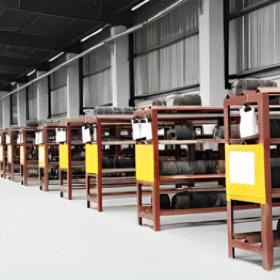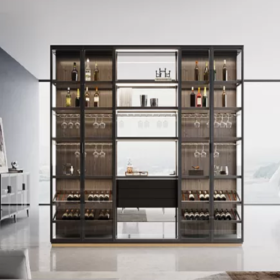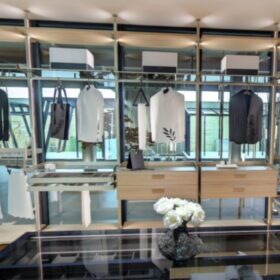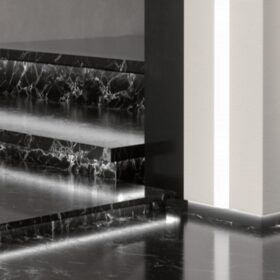The Cost of Frame Aluminum Profiles- What to Expect
“The Cost of Frame Aluminum Profiles: What to Expect” is a comprehensive guide that provides insights into the pricing factors influencing frame aluminum profiles. This article explores the various aspects that contribute to the overall cost of these profiles, enabling readers to make informed decisions when sourcing or utilizing them in their projects.
Factors Affecting Cost
Multiple factors impact the cost of frame aluminum profiles, including:
Alloy Composition:
The alloy composition plays a significant role in determining the cost. Different alloys have varying properties, such as strength, durability, and corrosion resistance, which influence their price. Common alloys used in frame profiles include 6061, 6063, and 6082.
Profile Shape and Size:
The shape and size of the profile also affect its cost. Complex profiles with intricate shapes and large dimensions require more material and manufacturing time, leading to higher prices.
Surface Treatment:
Surface treatments, such as anodizing, powder coating, or painting, enhance the appearance and corrosion resistance of the profiles. These processes add to the overall cost, with more complex treatments being more expensive.
Quantity:
Ordering large quantities of frame aluminum profiles can result in cost savings due to economies of scale. Manufacturers often offer discounts for bulk purchases.
Customization:
Customized profiles that require specific dimensions, shapes, or finishes may incur additional costs. The level of customization influences the complexity of manufacturing and the price.
Manufacturing Location:
The manufacturing location can impact the cost due to variations in labor rates, material availability, and transportation expenses. Profiles manufactured in regions with lower production costs can be more affordable.
Cost Estimation
Estimating the cost of frame aluminum profiles requires considering the aforementioned factors. A typical range for the cost of extruded aluminum profiles is between $1 to $5 per kilogram, depending on the alloy composition, shape, and size. However, prices can vary significantly based on the specific requirements and market conditions.
Tips for Cost Optimization
To optimize the cost of frame aluminum profiles, consider the following tips:
Choose the Right Alloy:
Select an alloy that meets the project requirements while considering its cost. For non-critical applications, lower-cost alloys may be suitable.
Optimize Profile Design:
Design profiles with simple shapes and avoid unnecessary complexity. This reduces manufacturing time and material usage, resulting in cost savings.
Consider Surface Treatments:
Choose surface treatments based on their intended purpose and environmental conditions. Explore economical alternatives, such as clear anodizing or powder coating, to enhance durability while keeping costs manageable.
Negotiate and Compare Prices:
Contact multiple manufacturers and negotiate prices for large orders. Compare quotes from different suppliers to secure the most competitive deal.
Consider Lead Time and Delivery:
Plan projects with sufficient lead time to allow for cost-effective manufacturing and delivery options. Expedited services may incur additional charges.
In conclusion, understanding the factors that influence the cost of frame aluminum profiles empowers buyers to make informed decisions. By carefully considering alloy composition, profile design, surface treatments, quantity, customization, and manufacturing location, businesses can optimize their costs while meeting their project requirements.
-
2024-11-29Top Trends in Modern Kitchen Cabinet Pulls for 2024
-
2024-11-28The Ultimate Guide to Modern Kitchen Cabinet Pulls- Materials, Styles, and Tips
-
2024-11-27Elevate Your Kitchen Design with These Must-Have Modern Cabinet Pulls
-
2024-11-26Sleek and Stylish- The Best Modern Kitchen Cabinet Pulls for a Contemporary Look










